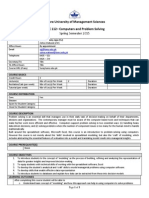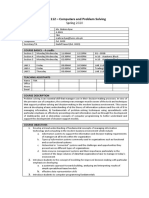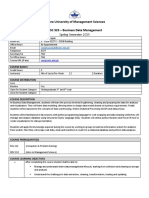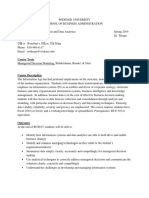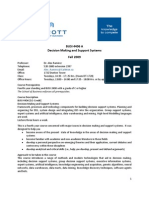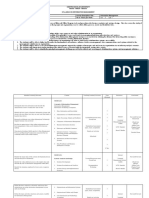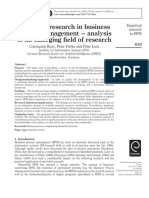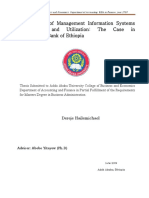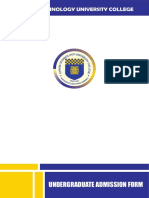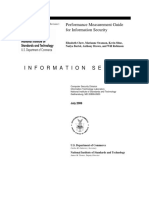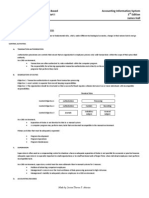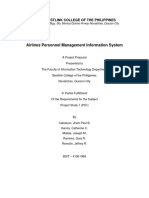0% found this document useful (0 votes)
62 views5 pagesDISC 112 - Computer and Problem Solving - Humbal Tariq
Uploaded by
abdulmanankh444Copyright
© © All Rights Reserved
We take content rights seriously. If you suspect this is your content, claim it here.
Available Formats
Download as PDF, TXT or read online on Scribd
0% found this document useful (0 votes)
62 views5 pagesDISC 112 - Computer and Problem Solving - Humbal Tariq
Uploaded by
abdulmanankh444Copyright
© © All Rights Reserved
We take content rights seriously. If you suspect this is your content, claim it here.
Available Formats
Download as PDF, TXT or read online on Scribd
/ 5

